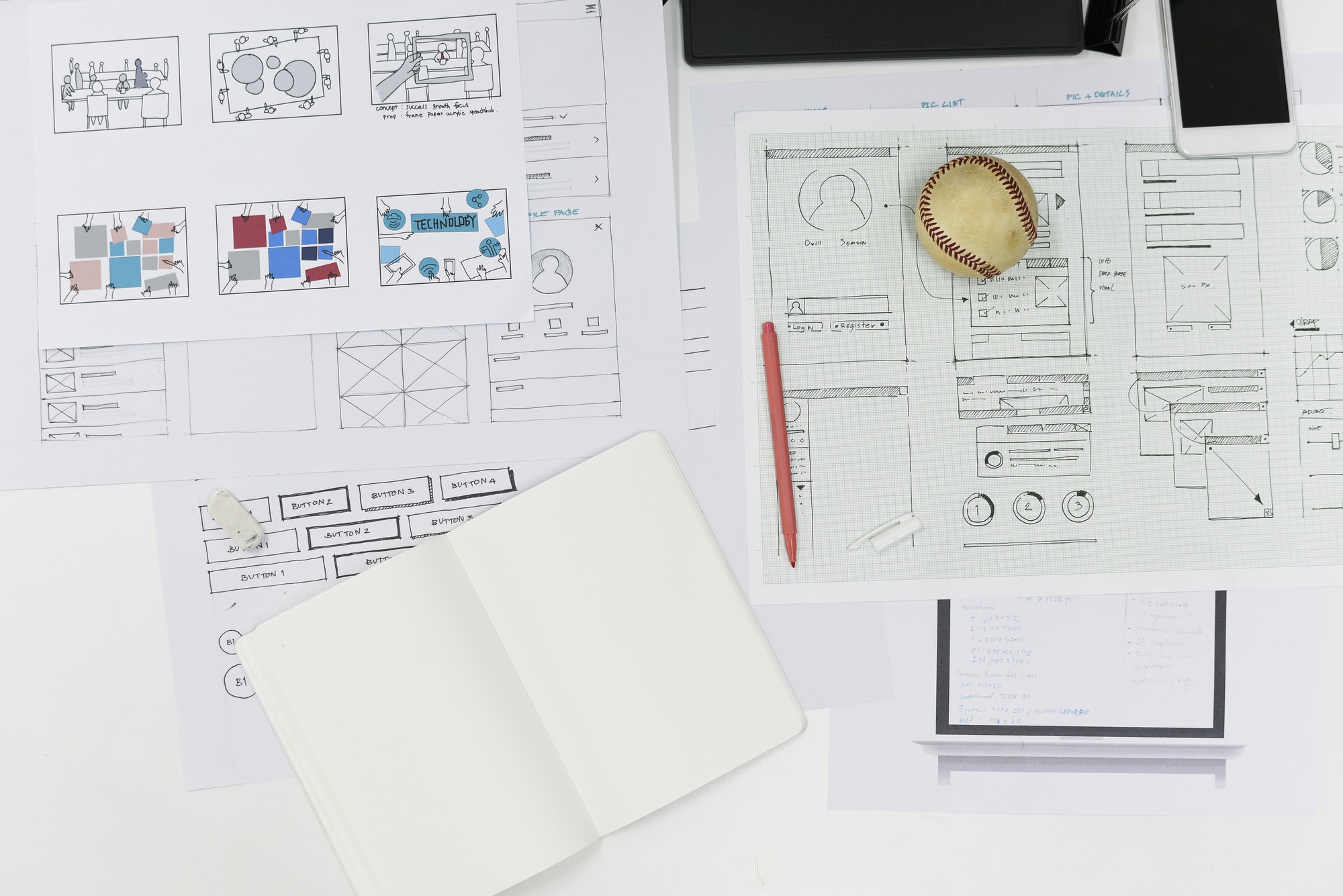It is true that conducting research for your current website project is pretty simple and it doesn’t always have to take up all of your time. By just focusing on specific pieces and breaking those down into smaller steps, you get the opportunity to save some time and then get the most out of your research for your upcoming web design projects.
So, before finalizing any website design, there are some things you need to do. From the design to the development phase, a web design project is not as simple as it seems. Whether you are focusing on a new website, dealing with mobile applications, or just trying to simply redesign an existing app or website, there are some successful ways to complete the project. There’s nothing to worry about as the steps are pretty simple to follow.
How Much Research Do You Actually Need
The amount of research you need depends based on the kind of project you are planning. To do general research, the estimated time will be somewhat around 15 to 20 minutes. But, if you are looking for proper research then be sure to dedicate 2 to 3 hours of your time. You might want to take more time for a deep-dive, and it depends on your research skills.
For Quick Research
Quick research is mainly an extension of the client’s brief that you initially received. You can get this brief in any form you want, mainly through online email, a questionnaire form, or a telephone conversation. Once you have the information by your side, you can develop a rough estimate of the timeline and budget. Of course, this estimate may not be the final number.
For More In-Depth Research:
To conduct proper research, your research time will be a bit longer. This phase starts once you are done with your quick research and the client seems interested to learn more. It might take a couple of email-based conversations to understand the exact scope of the project before you start working on it. This form of conversation helps you to organize for the job.
Deeper Research
Deep dive research is mainly what this article is about. When doing a deep dive you should include a complete overview of information. Once the quote has been properly approved and you have signed a contract with a client, you can just dive right into it, and that’s where the fun starts.
UX Based Research Methods To Use In Web Design:

There are times when you plan to build or just optimize the site but you’re not quite sure of the major impact to make. Right now, it has become rather easy to create a website. However, just creating items will provide you with lacking results. You have to be determined to create the right items, which in turn, will deliver a proper user-experience and can drive a positive business impact. For that, you need to listen first and then solve the problem. Later, you can start building. Listening will start with UX research for gaining a vital understanding of desired audience outcomes and challenges they are running into to achieve the same.
- At first, the UX section starts with developing the user questions. The primary goal here is mainly to collect user challenges, understanding gaps, and friction points, and then formulating some user-specified queries to get answers to them.
- The primary goal of presenting such research is to procure a clear understanding of underlying challenges, behaviors, and motivations of users to answer questions as created in previous steps.
- Now, it is time to summarize the available points into a detailed out accurate report. The primary goal here is to analyze and then report steps to review the findings and summarize lessons learned, key takeaways, and proper recommendations. The main job is to just boil down all valid information as collected and turn the points into something actionable for your team.
Proven Web Design Tips
There are some noted web design tips available to get more value for every possible visitor. These tips are supported by research. These are mainly for beginner designers and even advanced UX professionals for bigger and smaller enterprises. Some best advice, inspirations, and ideas for designing effective websites are now available from https://www.bigdropinc.com/.
Be Sure To Leverage Visual Hierarchy
It is true for you to know that every page has its own visual hierarchy. It mainly refers to the size, color, arrangement, and contrast of the visual elements. It helps in determining the relative prominence along with the order as perceived by humans. Web designers are currently working on visual hierarchy for guiding visitors’ attention to major elements initially. This layout will include position, visuals, sizes, and contrast.
Using Key Phrase And Descriptive Headline High On Your Homepage:
The headline on top of the homepage can be either descriptive or may not. If the answer is no, the visitors may not know if they are in the right place or not. There’s always an opportunity to use the target keyphrase along with indicative relevancy. But, there are marketers who end up creating something vague or clever in its place. But, always remember that clear is way better than clever.
Avoid Putting All CTAs At The Top
Visitors might end up spending more time there but that will not mean that they are always ready to take action. A lot of persuasion takes place farther down the page. The content might prove to be quite visible at the top but it is not always an effective place to put a CTA. So, always be sure to provide the CTA right at the end of the page.
Focusing On Content Mapping

Quite similar to mind maps, content mapping still has its own value. It is focused on the content of the website. It is perfect for you to explore and even visualize the content. Specifically, content mapping will always help you see content as it might relate to the goals of the client or that of your users and other content pieces within the website along with external ones. Content mapping will further help you to spot the gaps and opportunities within a content-based development strategy.
The main aim of the experts is to try creating functional content maps to be used and understood by everyone associated with the website development phase. However, you should remember that content mapping might somewhat lead to mind-melting over-complication. It has to be quick and easy. However, when you start referring to paragraphs as “information units” and the blog posts come to be known as “content blocks,” then it might be a sign that you are trying to make the project more complex than it should be.
The real reason for people to create a content map is to help you start content development, a major part of web design on a broader spectrum. It starts with a strong focus right on the site goals and dealing with content types that you might have to produce. Moreover, content mapping can always help with technology decisions and can help create a shared vision.
Phases Of Website Design And Development
The field of web design and development comes handy with loads of steps. Right from procuring initial information to creating a website, and then the final maintenance procedure, everything needs to work out fine to keep the website updated and current. This procedure may vary slightly from one designer to another with the basics remaining more or less the same.
- It all starts with information gathering as the initial stage. Here, thorough conversation, to and from takes place between the design and development teams and the clients.
- Once they have the information, it is time for team meetings for planning. This planning is important to chalk out a perfect design for the website.
- Just like a meeting is held for website design, another one specifically deals with the development part of the website.
- When the initial web design and development is down the drain, it is time for testing out the final result. If there’s any flaw during this period, it is time to check it. After testing and approving the design, it is all set and ready for the world.
- There’s a separate team focusing on the ongoing maintenance of the website.
Taking care of your web design is not that difficult when you have the best team for guidance. However, it is important to know more about the development and research tips as well to make this project a successful journey from start to finish.
Share at:ChatGPTPerplexityGrokGoogle AI
Post Written By:
James McMinn
James is a savvy digital marketing specialist with a Masters of Science in Internet Marketing. For the past fourteen years, he has been specializing in SEO, PPC & Marketing Strategy. He has a super sharp analytical mind and a finely tuned creative eye for marketing initiatives that optimize brands.





